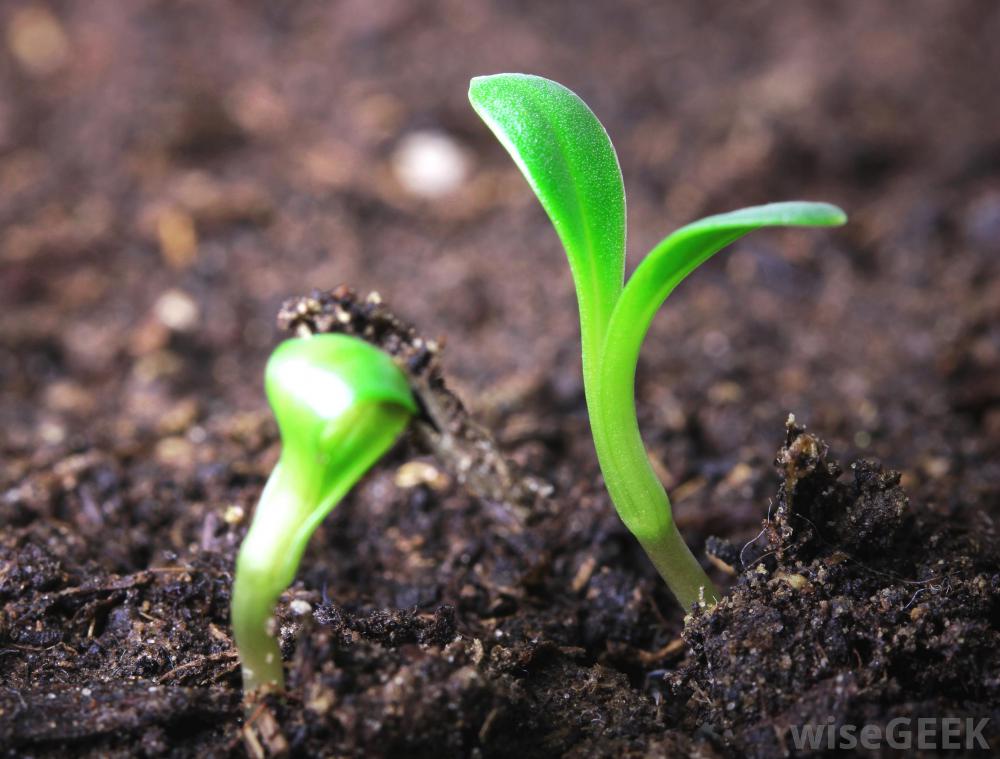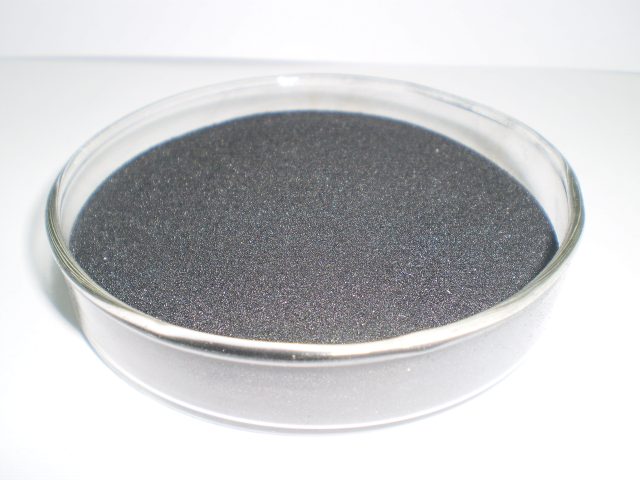The most important feature of microorganisms is their small size, variety, rapid reproduction and strong environmental adaptability. Microorganisms are widely distributed in nature.
However, the place where the most microorganisms are concentrated is the soil, which provides various basic elements for the growth of microorganisms, and also has the advantages of good heat preservation performance and strong cushioning property. Therefore, soil is the base of microorganisms and is the most abundant of human beings. Strain resource library.
The most bacteria in the soil, accounting for 70-90% of the total amount of soil microorganisms. Different types of bacteria in the soil have different effects. Some can fix the nitrogen in the air, synthesize the protein in the cells; some can break down the straw of the crops, most of them are heterotrophic bacteria. In addition to bacteria, other microorganisms in the soil are more actinomycetes (the main producing bacteria of antibiotics) and fungi, while algae and protozoa are less.
Soil microbes are important factors in soil fertility. Microorganisms are a large-area system with a huge nutrient absorption surface, excretion surface of metabolic waste, and exchange surface of environmental information. Therefore, it absorbs more and transforms faster, providing high-speed growth and reproduction of microorganisms and synthesis of a large number of metabolites. Material basis.
The natural world is rich in materials and diverse in variety, providing abundant food for microorganisms. Microorganisms have diverse nutrient types and metabolic pathways, from inorganic nutrition to organic nutrition, which can make full use of natural resources; respiratory type diversity, which can live in aerobic environment, anoxic environment, and even anaerobic environment. Environmental diversity such as extreme heat, high salinity and extreme pH creates a wide variety of microorganisms and large quantities.
The soil contains a variety of organic and inorganic nutrients. It is a natural medium for microbial growth and development. The soil is extremely rich in microbial species. There are 2.5 billion bacteria, 700,000 actinomycetes, and 400,000 in 1g of cultivated soil. Fungi, 50,000 algae, 30,000 protozoa.
Most microorganisms multiply progeny by fission, and under suitable environmental conditions, they can be propagated for ten to twenty minutes. Most of the microorganisms are single cells, and the structure is simple. The whole cells are directly in contact with the environment, and are susceptible to environmental factors, causing changes in the DNA of the genetic material.
Microbial fertilizers are products that cause specific fertilizer effects on crops due to microbial life activities. They are screened from the soil and domesticated to improve the nutrition of crops.
It includes autonomous or symbiotic nitrogen-fixing bacteria that fix molecular nitrogen in the air and convert it into plant-usable nitrogen; in the soil, phosphorus and potassium that cannot be utilized by mineral plants are converted into effective phosphorus and potassium microorganisms, namely phosphorus. Bacterial and potassium bacteria; and plant root ring-promoting bacteria that secrete a variety of stimulants and antibiotics for beneficial crop growth.
Microbial research has a wide range of applications in agriculture:
Environmental aspects: Microorganisms can repair soil, restore soil vigor, reduce heavy metal pollution, and not cause secondary pollution. Microorganisms can also purify water and remove toxic gases from the air.
Crop growth: Microorganisms can promote the absorption of nutrients by crops, promote the growth of crops, and improve the immunity of crops. These do not pollute the environment and agricultural products like chemicals and hormones.
Humic acid: Humic acid is a major advancement of organic fertilizer, and has many advantages over chemical fertilizers and farmyard manure.
Organic matter is not necessarily humic acid, but humic acid must be the best organic matter! Soil organic matter deficiency is the main factor inhibiting microbial activity. The application of carbon source power source humic acid as a supplement to soil organic matter, one is to the soil only It is suitable for the living environment of beneficial microorganisms.
Secondly, the microorganisms can secrete nutrients of various beneficial crops by decomposing the organic matter in the soil, and can promote the comprehensive utilization of soil organic and inorganic nutrients, thereby fundamentally reducing the amount of fertilizer and reaching humic acid. The role of weight loss and synergy. Humic acid is the original material of the soil.
The application of humic acid can activate the microbial activity of the soil, and further repair the soil to achieve the purpose of healthy growth of the crop!


